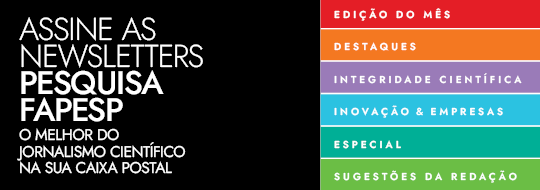 BEL PEDROSA
BEL PEDROSAShe went into the field of literature, as she used to say, for “lack of courage:” she wanted to study history or social studies, but the former “involved drawing because of the maps” and the latter, “statistics.” In a prep course for university entrance exams she met Antonio Candido, who became a long-lasting and great friend. She met her husband, the physicist Jean Meyer, at the School of Philosophy and accompanied him when he moved to Europe to work, first to Italy, were she studied and taught at the Venice School of Literature, and later to France, where she lectured at the Institut d’Etudes Luso-Brésiliennes. She was about to return to Brazil in the 1960s when the military coup and the AI-5 law caused her to postpone her return, which only occurred in 1975. She lived in France in 1968 and boldly asked students to translate pamphlets for the Portuguese workers at Renault.
Antonio Candido wanted her to join USP, but she ended up at Unicamp, as she needed to get a job quickly. She became a professor at the Arts Institute because of her thesis on theatre. She loved studying “second-rate novels” and soap-operas (which she suggested to students so that they could understand feuilleton novels better). She also ventured into the study of Candomblé [an Afro-Brazilian religion] and enjoyed saying that, because of all this, “I was post-modern and didn?t know it.” She won the Jabuti award in 1997 for her book Folhetim and became famous when she translated Sergio Buarque de Holanda’s Raizes do Brasil into French.
Republish